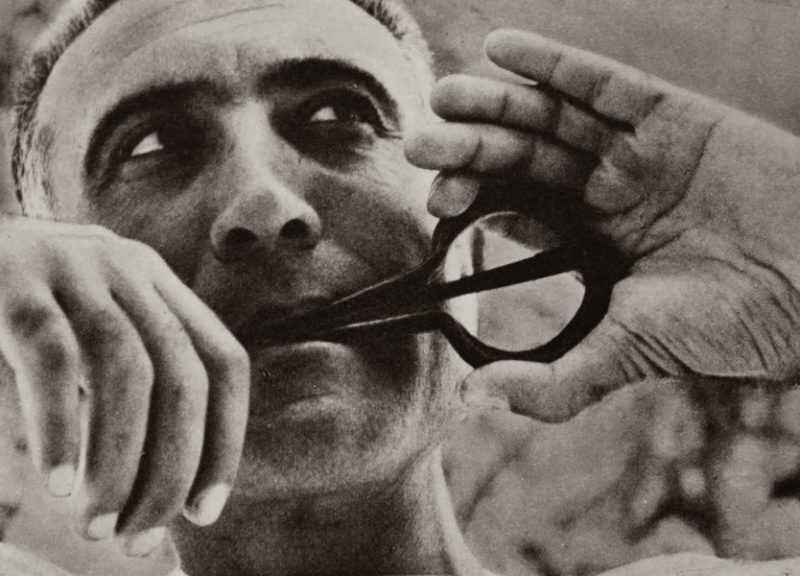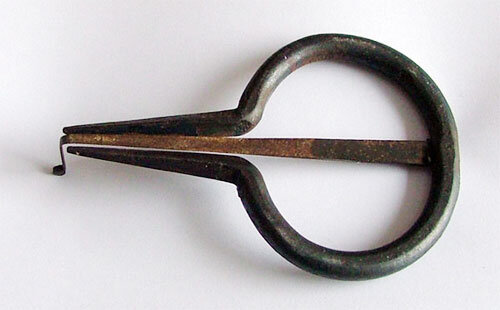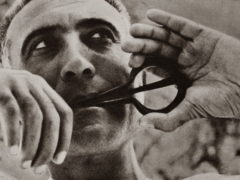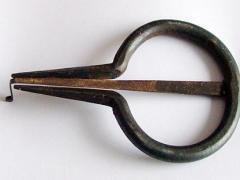Artisan realization of Marranzano
Street View (if present)
Description
Artisan realization of Marranzano
Card insertion: Heritage Sicily
----------------
Technical sheet prepared by: Region of Sicily - Department of cultural heritage and Sicilian identity - CRicd: Regional center for inventory, cataloging and documentation and Sicilian regional film library
No. Prog.
172
Bene
Artisan realization of Marranzano
Book
REI - Book of knowledge
Approval date
15-03-2013
Category
Artisan technique
Province
Caltanissetta
Location
Common
They resurrect
Local denomination
Marranzanu
Chronological News
Known in Europe as early as the fourteenth century, it experienced a particular diffusion in central Europe during the eighteenth and nineteenth centuries, especially in the German area.
recurrence
-
Data
opportunity
Function
Actors
Participants
Description
It belongs to the family of plucked idiophones and consists of a metal blade fixed to an iron frame. The very particular sound is generated by the vibration of the blade and can be modified with the movement of the lips, cheeks and oral cavity. It presents a considerable variety of shapes and models depending on the other geographical areas in which it is present. The material used for Sicilian marranzano is wrought iron, which is hot forged on the anvil. Even the tongue is obtained by “unthreading” the iron between hammer and anvil. The Sicilian models have some common features that unite them and distinguish them from all other known models, in particular for the method of fixing the tongue to the frame.
From his workshop in Resuttano, Giuseppe Alaimo was among the last in Sicily to build jewels.
If you decide to look for artisan blacksmiths, the original Marranzano can in fact be found in Resuttano, whose name recalls that of the small instrument. Giuseppe Alaimo's workshop is located after crossing the historic center.
Hers was not a mass production. The quality of his instruments is measurable in terms of volume and duration of the sound, resistance and solidity of the instrument and, above all, of extraordinary tonal richness.
The accuracy and precision of the construction, the choice and processing of raw materials, are all elements that clearly distance Alaimo's tools from the current production of tourist marranzani.
Catalog Sheet
REFERENCES
Sitography
Filmography
Discography
Footnotes
Called Jew's Harp in Germany e italian jew's harp in England, it is also known in France by the name jaw harp and in the Basque country with that of muxukitar (mouth guitar). With very similar characteristics, the instrument is also present in Indonesia and Vietnam. In fact, the origins seem to take us between East and South-East Asia and the oldest models were probably built in bamboo cane, just like those that can currently be found in those areas. In Sicily, however, the marranzano has constructive characteristics that distinguish it from all other models of harps.
Mr. Alaimo was not the last blacksmith craftsman who built marranzani, and today alongside a large-scale diffusion of souvenir tools, some excellent wrought iron craftsmen have returned to appear who have decided to devote themselves to the creation of a relatively limited number of instruments but of excellent quality. Among these must be mentioned Mr. Turi Petralia of San Giovanni la Punta (CT) and Mr. Carmelo Buscema of Monterosso Almo (RG).
Go to Google Maps
Send a notice to the publisher
[contact-form-7 id="18385"]







